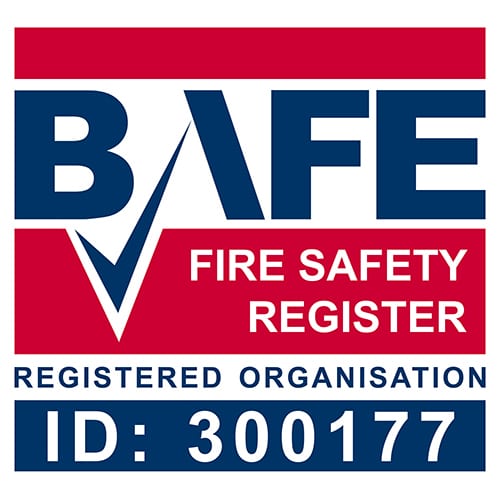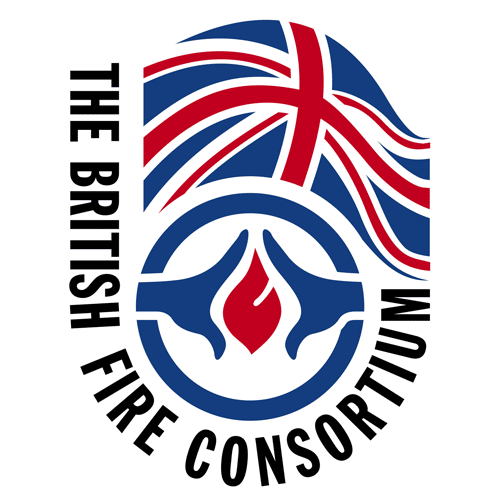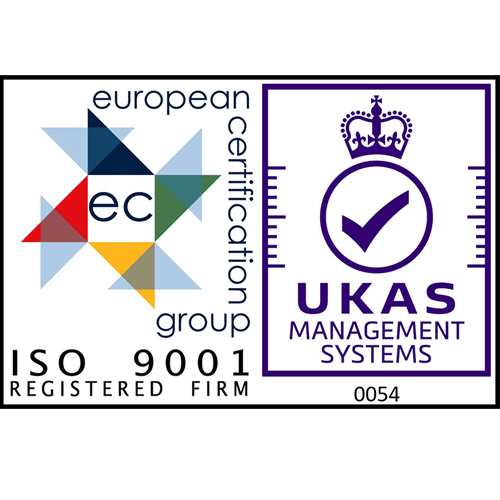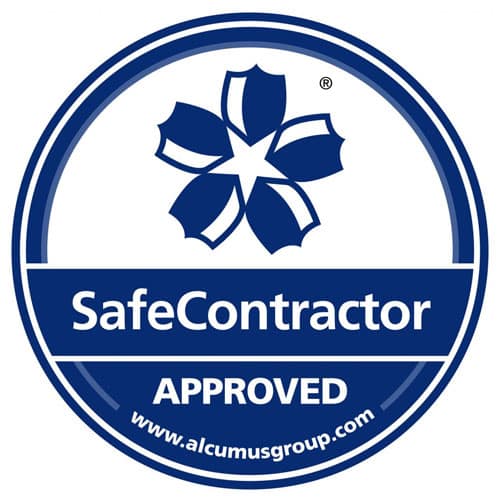Brookside Fire Service not only design and install Dry & Wet Risers throughout the UK, we can also provide a thorough maintenance service in accordance with BS EN 9990:2015.
Dry Risers (fire mains) are an important piece of equipment for tall buildings. When it comes to keeping your property safe from the risk of extensive fire damage. Buildings above 18m will tend to have dry risers (fire mains) and buildings over 60m will have wet risers.
Identification of Dry & Wet Risers
Due to the nature of them, dry risers (fire mains) can be prone to serious neglect and even vandalism so it is important to have them regularly maintained and inspected. With the potential for severe penalties should they fail to function when needed, the dry risers (fire mains) should be visually inspected and serviced every 6 months and, pressure tested annually.
Brookside Fire Service can provide the complete fire safety solution for your business, whether it is building risers in Birmingham or maintenance. Whether this is for Dry & Wet risers or for other aspects of fire protection. Contact us now to discuss how we can help your business.
External “Fire Brigade Inlet” or “Dry Riser Inlet”, these should be red painted and near a road on an external wall. In some areas where vandalism is a problem, the normal glass front can be replaced with steel. Internal – valves on landings “Dry Riser Outlet” these valves will be a gate type.
Wet Risers
External no obvious signs except the building will usually be very tall, 18 plus floors etc. Internal – valves on landings “Wet Riser Outlet” these valves will be globe type.
Dry & Wet Riser FAQ's
A dry riser is a vertical pipe designed to provide a supply of water to fire-fighting crews in high-rise buildings. The pipe is empty of water and relies on the fire service to connect hoses and pump water up to the required level.
A wet riser is similar to a dry riser, but it is always filled with water, which is pressurized by a pump located at the base of the riser. This allows water to be delivered quickly to the upper floors of a building in the event of a fire.
The primary purpose of a riser is to provide a means of delivering water to upper floors of a building in the event of a fire. This is important in high-rise buildings where access to the upper floors can be difficult for fire-fighting crews.
The main difference between a dry riser and a wet riser is that a dry riser is empty of water and requires the fire service to pump water up to the required level, whereas a wet riser is always filled with water and pressurized by a pump at the base of the riser.
The inclusion of dry and wet risers in building design can impact the layout of the building, as well as the location of fire-fighting equipment and access points. Building designers must take into account the requirements of the Building Regulations when designing high-rise buildings to ensure that they are safe and compliant with the law.
If you suspect a problem with a dry or wet riser in your building, you should contact our qualified fire safety professional as soon as possible at Brookside Fire Service. We will be able to carry out an inspection and identify any issues that need to be addressed to ensure the safety of the building and its occupants.





